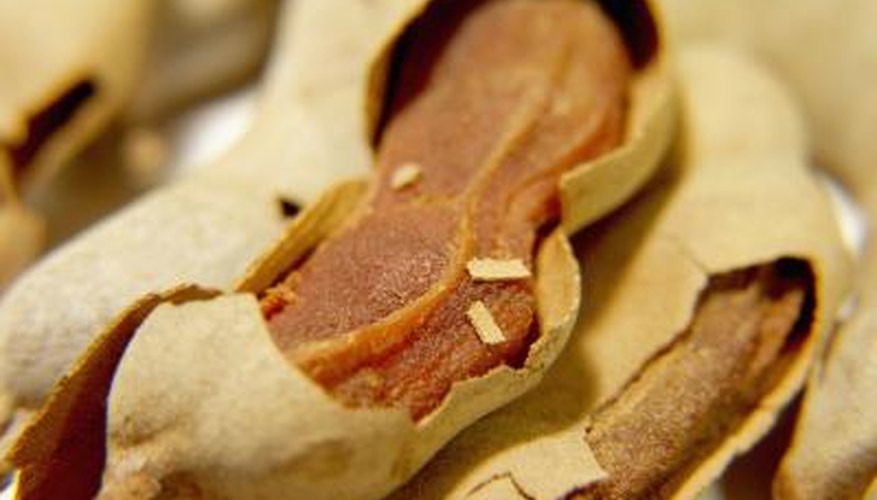Leguminous trees are named after the fruits they produce and are members of the legume, or Fabaceae, family. The Fabaceae family is the third largest flowering plant family, with more than 18,000 members. Legume trees produce pods that contain their seeds. These seed pods come in a variety of sizes and shapes, ranging from giant 1.5 m (5 foot) long pods that grow in tropical forests to the common soybean, peanut and green bean.
Western redbud
The western redbud (Cercis occidentalis) produces multiple trunks. It grows in a dense, vase shape to 7.5 m (25 feet) with a similar spread. This deciduous tree produces showy pink and purple flowers in spring, followed by brown, bird-attracting legumes. Its pinnate, green foliage turns yellow in fall.
- The western redbud (Cercis occidentalis) produces multiple trunks.
- This deciduous tree produces showy pink and purple flowers in spring, followed by brown, bird-attracting legumes.
Mimosa
The mimosa (Albizia julibrissin) grows to 10.5 m (35 feet) tall with a 9 m (30 foot) spread. This deciduous tree has delicate, lacy foliage and a wide, spreading canopy. It blooms from spring through summer with showy, puffy, pink blooms followed by hard, dry seed pods. The mimosa has large, thick surface roots and is considered a weed by some.
- The mimosa (Albizia julibrissin) grows to 10.5 m (35 feet) tall with a 9 m (30 foot) spread.
- The mimosa has large, thick surface roots and is considered a weed by some.
Tamarind
The tamarind tree (Tamarindus indica) grows up to 19.5 m (65 feet) tall with a 15 m (50 foot) spread. This tropical evergreen grows in an upright, rounded form and produces red to yellow flowers in spring, followed by hard, velvety, brown legumes that grow up to 15 cm (6 inches) long and are filled with an edible paste. Tamarinds only grow in frost-free regions.
Blue paloverde
The blue paloverde (Parkinsonia Florida) grows from 9 to 12 m (30 to 40 feet) tall and has smooth, blue-green bark. This thorned tree blooms with bright yellow flowers in spring and produces flat green legumes that turn yellow as they mature. Blue paloverde flowers attract bees.
Catclaw acacia
The catclaw acacia (Acacia greggii) grows to 6 m (20 feet) tall as a small tree or large shrub. This thorny tree has curved brown and grey spines along its branches and binately compound foliage. It blooms with clusters of yellow flowers in spring, followed by long, flat seed pods.
Velvet mesquite
Velvet mesquite trees (Prosopis velutina) produce long, green pods that turn brown as they age. This 9 m (30 foot) tall tree has straight, white-grey thorns and brown to grey bark. The velvet mesquite has extremely long taproots that reach as deep as 48 m (160 feet) under the earth.
Desert ironwood
The desert ironwood (Olneya tesota) grows to 10.5 m (35 feet) tall and produces brown, hairy legumes. It blooms with pea-shaped white to dark-purple blossoms and has fissured, grey bark and curved spines. The desert ironwood grows almost exclusively in the Sonoran Desert and is a protected species in Arizona. Unlike most trees, desert ironwood wood does not float.
- The desert ironwood (Olneya tesota) grows to 10.5 m (35 feet) tall and produces brown, hairy legumes.
Whitethorn acacia
The whitethorn acacia (Acacia constricta) also grows as a small tree or large shrub. It reaches heights of 3 m (10 feet) and has red, burgundy to grey bark. Older woody growth loses its spines, but new growth has straight, white thorns. It produces red-brown legumes and blooms with fuzzy yellow flowers in spring and midsummer.
- The whitethorn acacia (Acacia constricta) also grows as a small tree or large shrub.
- It reaches heights of 3 m (10 feet) and has red, burgundy to grey bark.
